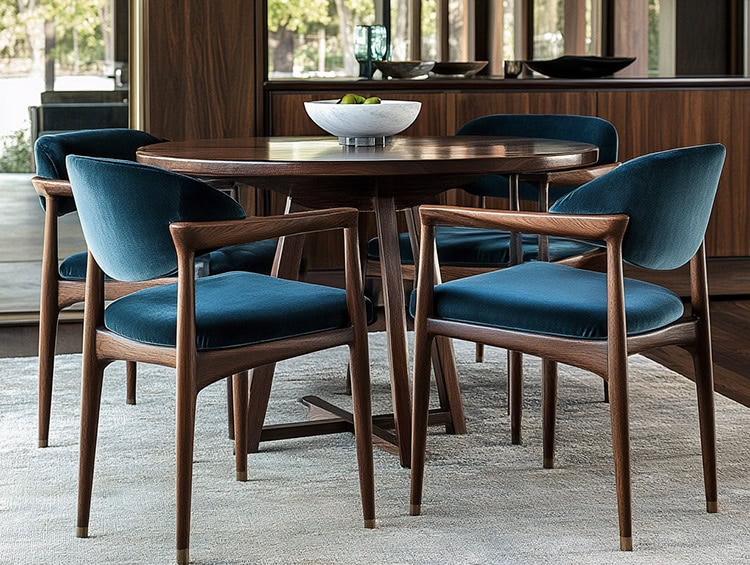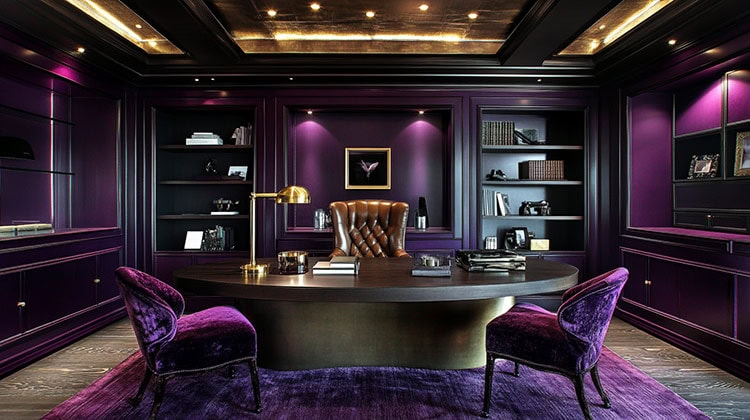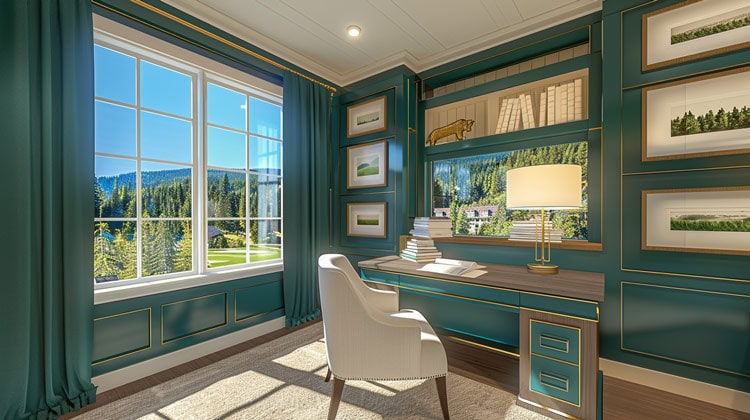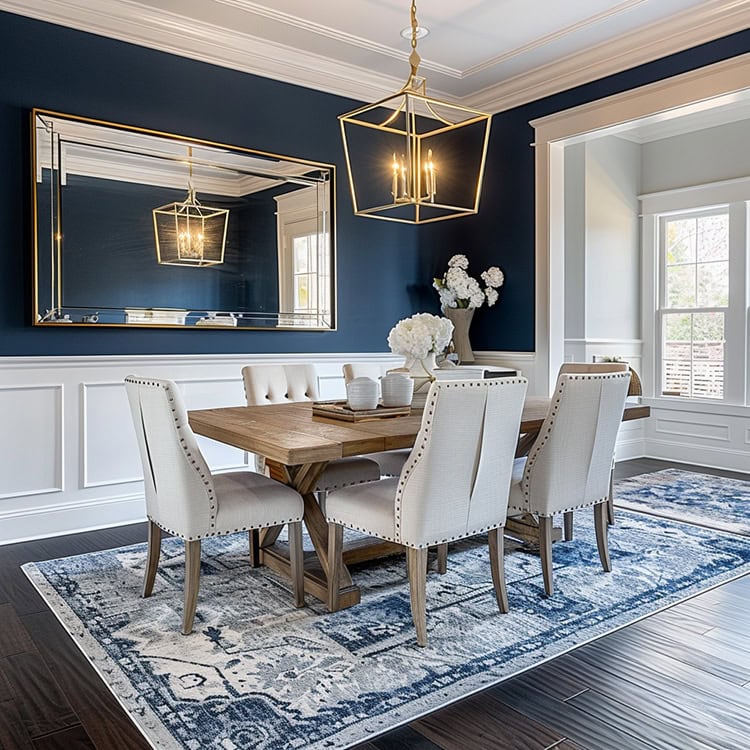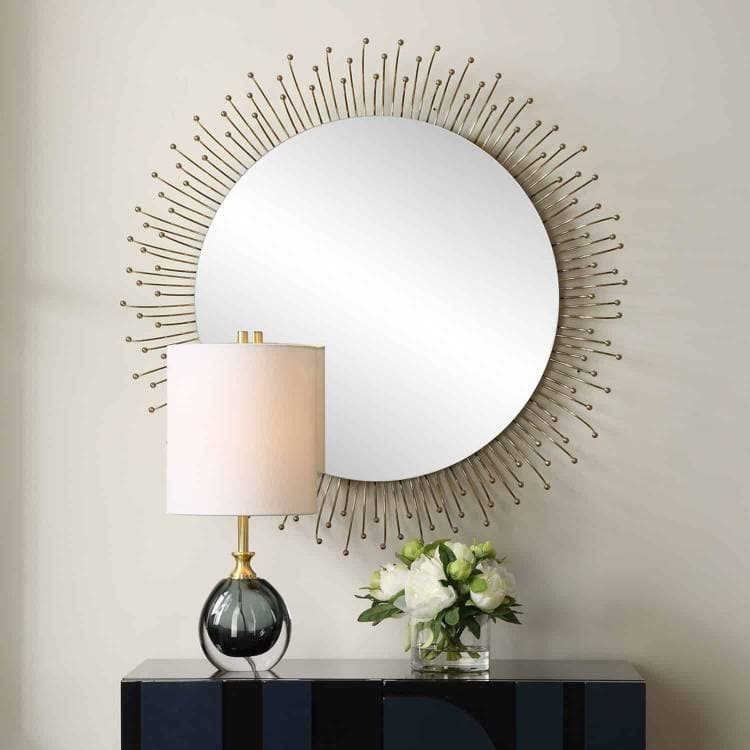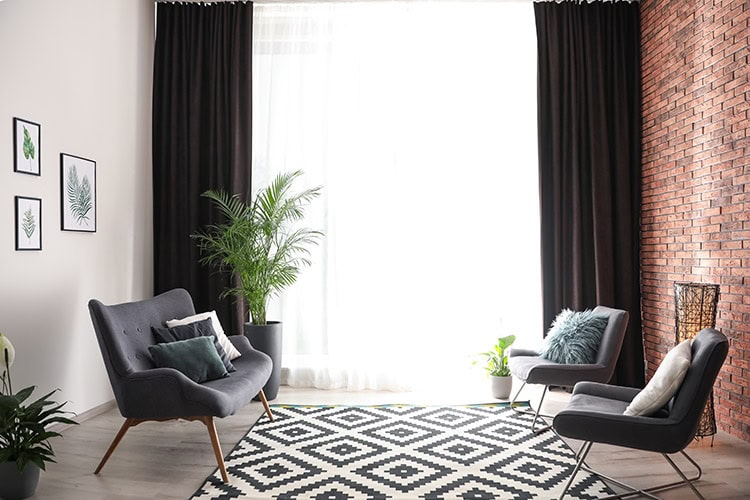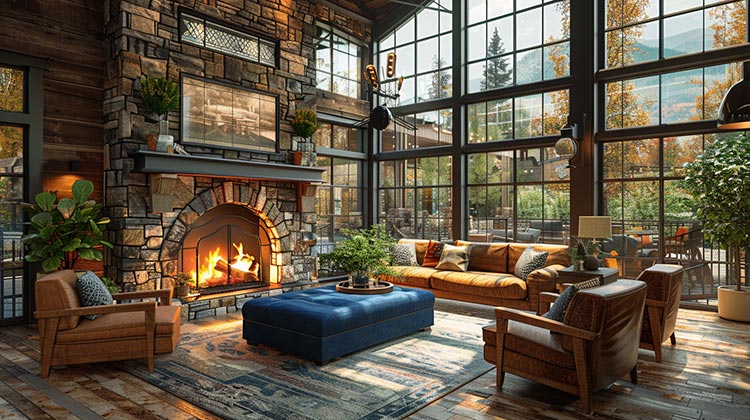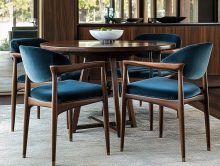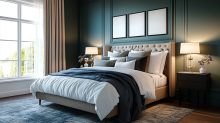Moving into a new home, or redecorating your current one, can be very exciting. However, figuring out where everything will go can be a bit stressful. Some might think the size of the room is more important than where the furniture is placed, but that couldn’t be further from the truth. In all honesty, it doesn’t really matter if your room is big or small–having the right furniture arrangement is what will make the space much more enjoyable. To eliminate anxiety, we’ve put together a simple guide that works for every room in your house. By following these tips, you’ll be able to arrange your furniture in a way that will make the rooms in your home look their best.
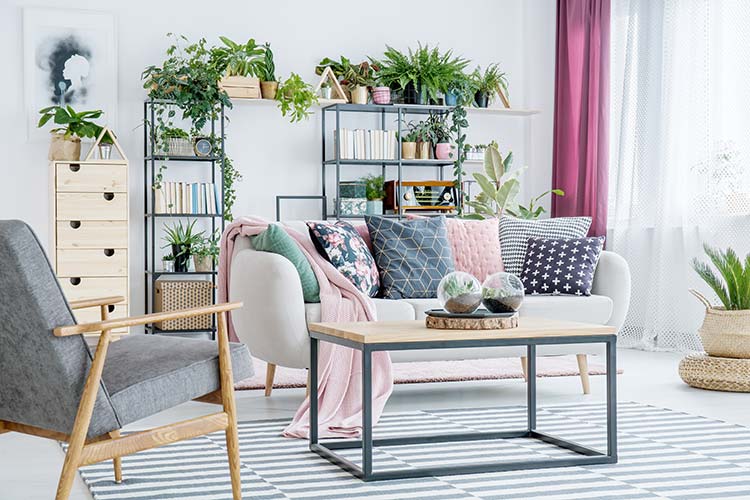
1. Measure Your Space
Misjudging the available space in a particular room can be a major letdown. You think that the furniture will fit, but sadly, it doesn’t. To avoid this, measure, measure, and then measure again. It doesn’t matter whether you create the layout on a computer program or draw it by hand. What does matter is that it’s true to scale. First, draw a box, noting the measurements on all sides. After that, measure the furnishings you have in mind and create a separate box on your drawing, uniquely-sized, for each individual piece.
Certain computer programs will allow you to move images around, making it easy to play with different arrangements. If you’re doing it by hand, creating furniture cutouts will allow you to do the same thing. And don’t forget to measure the width of doorways and hallways, since you’ll need to make sure the piece can even make it into the house!
2. Showcase the Focal Point
One of the worst things you can do is neglect showcasing a focal point. Your focal point can be something like a window, a headboard, or a fireplace. It could even be a particular piece of furniture, like a bookcase, sofa, or a set of upholstered armchairs. Once you have the focal point determined, the furniture arrangements can fall into place around it. If possible, avoid blocking its view. For the room to have the most impact, the focal point should be readily visible to anyone walking into the room. In most cases, there are enough creative ways to arrange furnishings in a way that keeps the focal point in view.
3. Create Balance
There are two types of balance in design: symmetrical and asymmetrical. Symmetrical is when there are two of everything. Asymmetrical, on the other hand, which is the lack of symmetry, can still have balance, depending on how the item is positioned. While symmetry is generally easy to obtain, it can get boring at times. Adding asymmetry to a room can grab attention.
So how do you achieve balance? With smaller furnishings and accessories. Tables, storage cabinets, ottomans, floor lamps, table lamps, vases, rugs, and even artwork are all the wonderful things you can use to create a pleasing look. A good rule of thumb is to center the rug in the middle of the main seating arrangement, with at least 2 to 3 inches of it extending beyond the sofa and chairs. This anchors the room while keeping the space aesthetically pleasing. The other items can be arranged as needed throughout the room until you have a harmonious balance that makes you happy.
4. Have a Purpose
Could someone walk into your home and know what each room is meant for? Or, are there certain rooms in your home that are a mishmash of ideas thrown into one space? To put it simply, each room should speak for itself. A family room would have items such as a comfy sofa and chairs in front of a TV and maybe even a table in the corner for games. An office would have a desk and maybe some bookcases.
Designing each room with a purpose in mind will eliminate any confusion and bring harmony to the space. Even if a room has to serve multiple purposes, arrange the furniture in a way that clearly defines each space. For example, if your open-concept space serves as both your living and dining area, make sure both spaces have their own identity. One way to do that would be to put the back of the sofa to the table. Another would be to break each area up with a rug. Whatever you choose to do is fine, as long as the purpose of each area or room is clear.
5. Create Traffic Flow
When designing the furniture layout, it is very important to consider the traffic pattern of the space. The traffic pattern (or traffic flow) of a room refers to the way people move through the space as they live in it and pass through it. Typically, the flow of traffic will begin at the entry door of the space, and continue through to a secondary door or entry into another room.
6. Avoid Shoving Pieces Against the Walls
In general, you’ll want to give your furniture pieces a little breathing room. Of course, the size of the room will dictate how far you can pull your furniture away from the walls, but even in a small space, it can be done— even if it’s only a few inches between the backs of the furniture and the wall. While it might seem as though this would make the space appear smaller, it actually does the opposite! If you happen to have a larger space, feel free to arrange furniture in such a way that conversation areas are created in the middle of the room, leaving several feet between the walls and the furniture.
7. Think Conversation-Friendly Seating
Most people don’t want to crane their necks or shout across the room to talk with someone. The best way to solve this is by positioning the sofas and chairs to face each other (not necessarily straight on, but close), and so they are close enough that people can converse without raising their voices. If the room is a large one, you can even create multiple conversation areas, which will come in handy if you like to entertain.
8. Size Variation
To add visual interest to your space, mix furnishings of various sizes. Avoid filling the room with the same size pieces. For example, a large sectional, overstuffed chair, and a big coffee table would be overpowering in one room. Something a little less cumbersome would be the large sectional, paired with some smaller armchairs and an end table or two. Keeping the sizes mixed will give the room character.
It’s OK to Go Rogue
Sometimes, you’ve just gotta break the rules if your space is one that doesn’t necessarily “fit the mold,” and that’s okay. If something doesn’t work, tweak it until it does. Have matching sofas? But them back to back in the center of the room to create the illusion of two rooms in one space. Multiple kids sharing a room? Line up as many twin beds that will fit. Don’t like the formal seating area right next to the kitchen? Work it to become a dining area instead. At the end of the day, your furniture arrangement needs to function in a way that suits your lifestyle.
When you are looking for fabrics and decor for your home, stop by one of our showrooms. We have something for every home interior project from gorgeous drapery fabrics, colorful outdoor fabrics, lightweight cottons, and luxurious Dupioni Silks.

